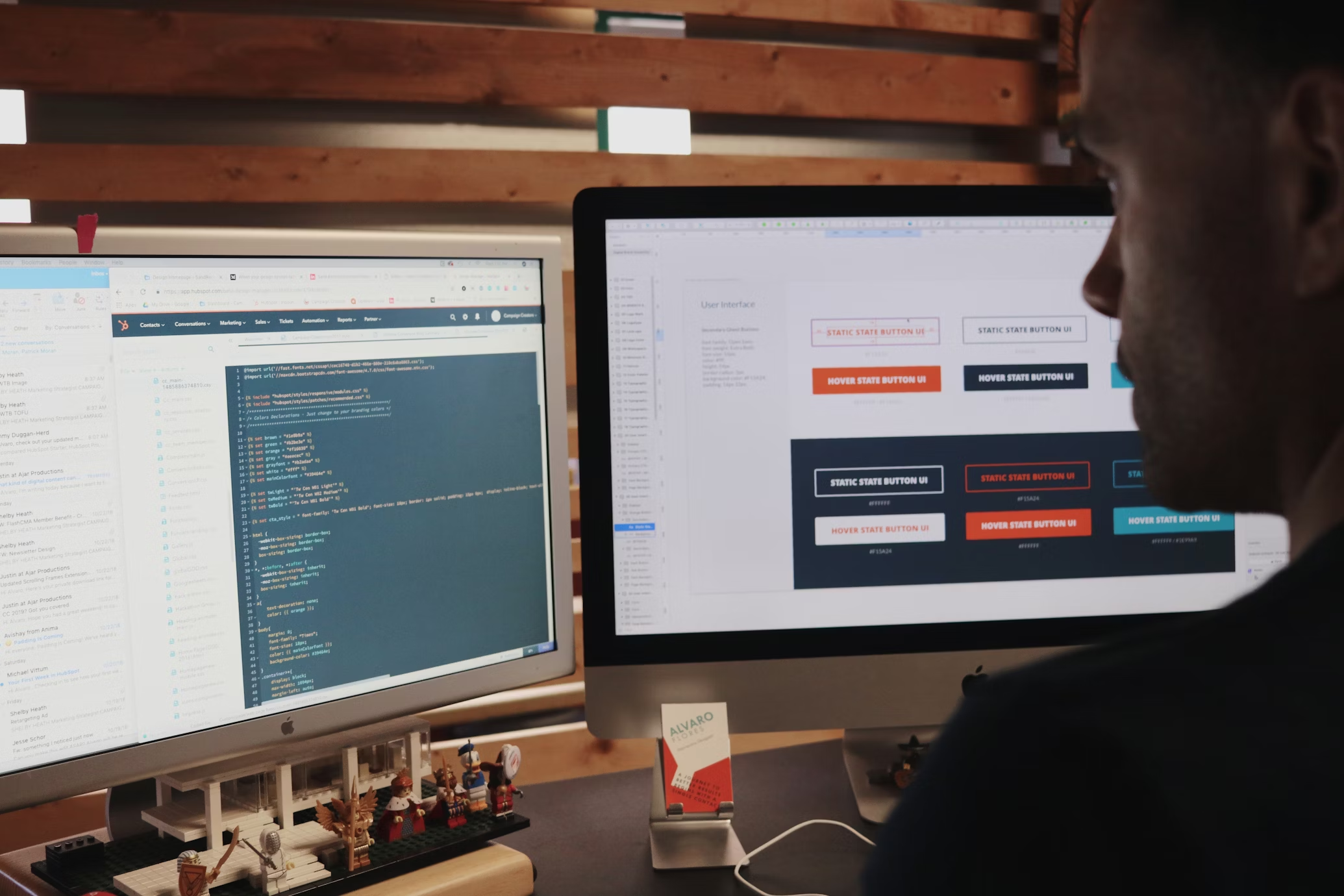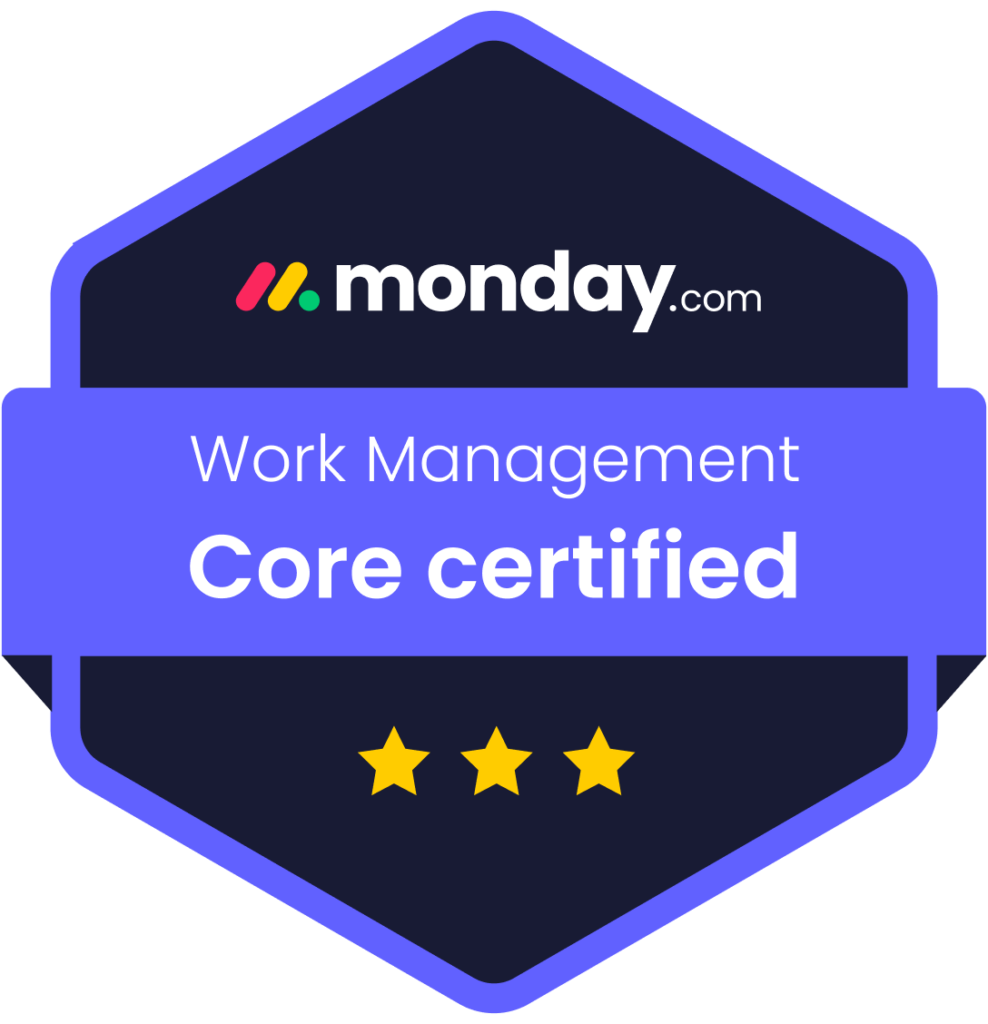In the fast-paced world of e-commerce, website speed plays a critical role in customer satisfaction and sales. Studies show that even a one-second delay in page loading time can lead to significant drops in conversions and user engagement. For e-commerce businesses, where competition is fierce and customers expect instant gratification, E-commerce website optimization is not just important—it’s essential.
This blog outlines the best practices for optimizing website speed for e-commerce sites to improve performance, boost conversions, and enhance the user experience.
Why Website Speed Matters for E-Commerce
1. Customer Experience
A fast website enhances the shopping experience, making it easier for users to browse, compare products and complete purchases.
2. Conversion Rates
Research indicates that faster websites see higher conversion rates. In contrast, slow-loading sites risk losing impatient customers to competitors.
3. SEO Performance
Google uses page speed as a ranking factor, particularly for mobile searches. Faster websites have an edge in search engine results, attracting more organic traffic.
4. Cart Abandonment
Long load times during checkout can frustrate customers, leading to abandoned carts and lost revenue.
Best Practices for E-Commerce Website Speed Optimization
1. Optimize Images and Videos
High-quality visuals are essential for e-commerce but can significantly slow down your site if not optimized.
- Compress Images: Use tools like TinyPNG or ImageOptim to reduce image sizes without losing quality.
- Use Next-Gen Formats: Formats like WebP offer better compression than traditional JPEG or PNG.
- Lazy Loading: Load images only as users scroll down the page, reducing initial load times.
2. Minimize HTTP Requests
Each element on your page—images, CSS, JavaScript—creates an HTTP request. Reducing these requests can speed up loading times.
- Combine Files: Merge CSS and JavaScript files to minimize requests.
- Use Inline CSS for Critical Styles: Deliver essential styles directly in the HTML file for faster rendering.
3. Leverage Content Delivery Networks (CDNs)
A CDN stores your website’s static assets on multiple servers worldwide. When users access your site, they download files from the server closest to them.
- Benefits:
- Reduces latency
- Improves load times for global users
- Popular CDNs: Cloudflare, Akamai, and Amazon CloudFront.
4. Implement Caching
Caching stores frequently accessed data so it can be retrieved quickly without reloading from the server.
- Browser Caching: Configure caching headers to store static files locally on users’ devices.
- Server-Side Caching: Use tools like Varnish or Memcached to store dynamic content.
5. Optimize Your Code
Bloated code can slow down your website. Simplify your HTML, CSS, and JavaScript to improve load times.
- Minify Code: Remove unnecessary characters, spaces, and comments.
- Defer JavaScript: Delays non-critical JavaScript from loading until after the main content is displayed.
6. Enable Gzip Compression
Gzip compresses your site’s files before sending them to users, reducing file sizes and improving speed.
- How to Implement:
- Add Gzip compression through your server settings.
- Verify compression using tools like the Gzip Compression Test.
7. Improve Server Response Time
The speed of your server impacts how quickly your website loads. If your server is slow, even the best optimization practices won’t be enough.
- Tips:
- Choose a high-performance hosting provider.
- Use dedicated or VPS hosting for better resources.
- Optimize your database to reduce query execution time.
8. Optimize for Mobile
With a significant portion of e-commerce traffic coming from mobile devices, ensuring your site is mobile-friendly is vital.
- Use Responsive Design: Ensure your website adapts to different screen sizes.
- Accelerated Mobile Pages (AMP): Implement AMP for lightning-fast mobile experiences.
9. Monitor and Fix Bottlenecks
Regularly monitor your site’s performance to identify and address speed issues.
- Tools to Use:
- Google PageSpeed Insights
- GTmetrix
- Lighthouse
- Pingdom
10. Streamline Checkout Processes
A slow or complicated checkout process can drive customers away at the final step.
- Best Practices:
- Use autofill for forms.
- Minimize steps in the checkout process.
- Optimize payment gateways for speed.
Common Challenges in E-Commerce Website Speed Optimization
1. Heavy Product Pages
Product pages often have high-resolution images, videos, and customer reviews, which can slow down loading times.
Solution: Compress multimedia files and paginate reviews.
2. Third-Party Plugins
Many e-commerce sites rely on plugins for additional functionality, but excessive plugins can bloat your site.
Solution: Audit and remove unnecessary plugins. Opt for lightweight alternatives.
3. High Traffic Volumes
During sales events or holidays, high traffic can overwhelm servers, causing slowdowns.
Solution: Use scalable hosting solutions that adjust resources during peak times.
Metrics to Track for E-commerce Website Speed Optimization
- Load Time: Aim for under 3 seconds for optimal performance.
- Time to First Byte (TTFB): Measures the time taken for the server to respond to the browser’s request.
- First Contentful Paint (FCP): Tracks how quickly the first piece of content is visible to users.
- Bounce Rate: High bounce rates can indicate slow-loading pages.
- Conversion Rates: Monitor how speed improvements impact sales and customer retention.
Benefits of a Fast E-Commerce Website
1. Higher Conversions
A faster site keeps users engaged and increases the likelihood of completing purchases.
2. Improved SEO
Search engines reward fast websites with better rankings, driving organic traffic.
3. Enhanced Customer Loyalty
A smooth shopping experience builds trust and encourages repeat visits.
4. Competitive Advantage
In a crowded e-commerce market, speed can set you apart from competitors.
Conclusion
Website speed optimization is a critical component of a successful e-commerce strategy. By implementing these best practices, you can deliver a superior shopping experience, improve search engine rankings, and drive higher conversions.
At Skyfield Digital, we specialize in optimizing e-commerce websites for speed, performance, and SEO. Contact us today to ensure your website runs at peak performance and stays ahead of the competition.













